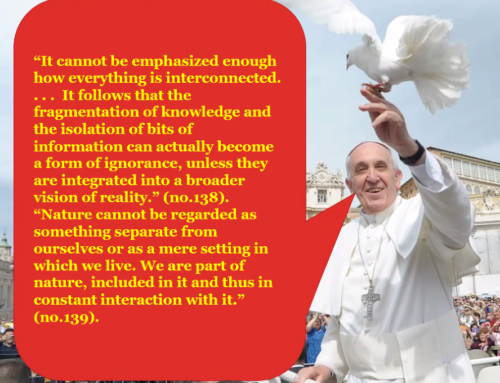In light of the current, revolutionary advances in the natural sciences and in the study of consciousness, the concepts of matter, life, and mind have under-gone major changes. This paper outlines some basic aspects of these changes, taking in turn the emerging concept of matter, of life, and of human mind and consciousness.
The concept of matter
The Western common sense view has held that there are only two kinds of things that truly exist in the world: matter and space. Matter occupies space and moves about in it and it is the primary reality. Space is a backdrop or container. Without furnished by material bodies, it does not enjoy reality in itself. This common sense concept goes back to the Greek materialists; it was the mainstay also of Newton’s physics. It has been radically revised in Einstein’s relativistic universe (where spacetime became an integrated four-dimensional manifold), and also in Bohr’s and Heisenberg’s quantum world. Now it may have to be rethought again.
Advances in the new sciences suggest a further modification of this assumption about the nature of reality. In light of what scientists are beginning to glimpse regarding the nature of the quantum vacuum, the energy sea that underlies all of spacetime, it is no longer warranted to view matter as primary and space as secondary. It is to space or rather, to the cosmically extended ‘Dirac-sea’ of the vacuum that we should grant primary reality. The things we know as matter (and that scientists know as mass, with its associated properties of inertia and gravitation) appear as the consequence of interactions in the depth of this universal field. In the emerging concept there is no ‘absolute matter,’ only an absolute matter generating energy field.
The concept of life
The subtle relationship between the material things we meet with in our experience and the energy field that underlies them in the depth of the universe also transforms our view of life. Interactions with the quantum vacuum may not be limited to micro-particles: they may also involve macroscale entities, such as living systems. Life appears to be a manifestation of the constant if subtle interaction of the wave-packets classically known as ‘matter’ with the underlying vacuum field. These assumptions change our most fundamental notions of life. The living world is not the harsh domain of classical Darwinism, where each struggles against all, with every species, every organism and every gene competing for advantage against every other. Organisms are not skin-enclosed selfish entities, and competition is never unfettered. Life evolves, as does the universe itself, in a ‘sacred dance’ with an underlying field. This makes living beings into elements in a vast network of intimate relations that embraces the entire biosphere itself an interconnected element within the wider connections that reach into the cosmos.
The concept of mind
In the on going co-evolution of matter with the vacuum’s zero-point field, life emerges out of nonlife, and mind and consciousness emerge out of the higher domains of life. This evolutionary concept does not ‘reduce’ reality either to non-living matter (as materialism), or assimilate it to a nonmaterial mind (as idealism). Both are real but (unlike in dualism), neither is the original element in reality. Matter as well as mind evolved out of a common cosmic womb: the energy-field of the quantum vacuum. The interaction of our mind and consciousness with the quantum vacuum links us with other minds around us, as well as with the biosphere of the planet. It ‘opens’ our mind to society, nature, and the universe. This openness has been known to mystics and sensitives, prophets and meta-physicians through the ages. But it has been denied by modern scientists and by those who took modern science to be the only way of comprehending reality. Now, however, the recognition of openness is returning to the natural sciences. Traffic between our consciousness and the rest of the world may be constant and flowing in both directions. Everything that goes on in our mind could leave its wave traces in the quantum vacuum, and everything could be received by those who know how to ‘tune in’ to the subtle patterns that propagate there. This assumption is borne out by the empirical findings of psychiatrists such as Stanislav Grof. They confirm the insight of Vaclav Havel: it is as if something like an antenna were picking up signals from a transmitter that contains the experience of the entire human race.
Societal implications
That people in all parts of the world search for a deeper awareness of their own subconscious mind may not be accidental: at this critical juncture of our sociocultural evolution it may be part of the survival dynamics of the human species. A greater awareness that all that goes on in our mind is accessible to others, and that all that goes on in the mind of others is accessible to us, would prompt us to develop greater empathy and solidarity with each other. Such felt relations are vital not only for our personal growth and development; in our interdependent and crisis-prone world, they are vital also for our collective survival and development.
Written by Ervin Laszlo, advisor to the Galileo Commission
Essay originally published here.

